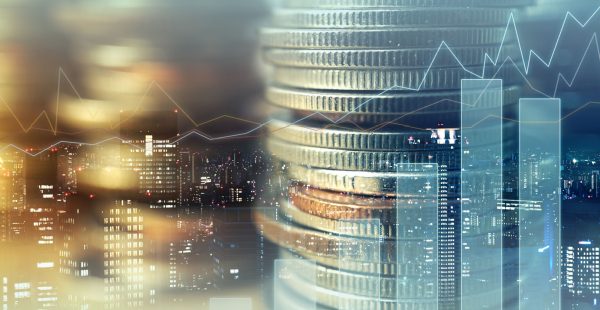The asset staying afloat in the face of volatility

The ‘safe haven’ narrative of gold continues as it enjoyed consistent performance in the first half of 2022 while other asset classes worsened, inflation continued to rise and the potential for stagflation grew.
Mark Pey, Director of Rush Gold, said gold had maintained its value while “all other asset classes have declined” and can be considered an alternative strategy for investors stay afloat in current market conditions.
“As investors flee bonds as prices decline and interest rates rise, investors will need to rotate into another capital preservation asset,” Pey said.
“The bond market declines in H1 2022 were a clear rejection of bonds as the long-time traditional safe haven that has been enjoyed since the last decline of this magnitude in 1865.
“Given the size of the bond market globally (+/- $140T), key characteristics investors will seek are daily liquidity and an asset that is similarly traded globally. The gold market is currently sitting at $12T and could see a significant price increase as investors rotate out of bonds and into gold.”
Pey also said gold is outperforming because it is partly quoted and traded in USD, which has been strong as investors panic sell assets in anticipation of a potential recession.
“Many analysts are comparing the current inflationary environment to that experienced in the 1970’s but [I] believe the available fixes are largely different,” he said in his analysis.
“The 1970s saw Federal Reserve Chairman Paul Volcker raise interest rates to 20% to slow wages and spiralling inflation. A hike of this magnitude would not be possible today as total government, corporate and personal debt burdens are simply too large.
“As a result, central banks have a reduced ability to fight inflation with higher rates.”
Pey confirmed that gold provides investors “a solid entry point into a strategy looking for diversification” based on the local and global similarities between current and historical periods of inflation.












God help the industry fund clients if the AIOFP get their hands on them
Not to mention the CSLR levy they'll pay.
Treasury, the very same people that reported they didn't care about job losses in the Financial Planning Sector in their…
Canberra Bureaucratic Buffoons in fairly land yet again. These Canberra clowns need to be brought into the real world.
Canberra Pollies & Bureaucrats don't have to follow silly Rules or Laws like the rest of us plebs. CANBERRA TRUELY…